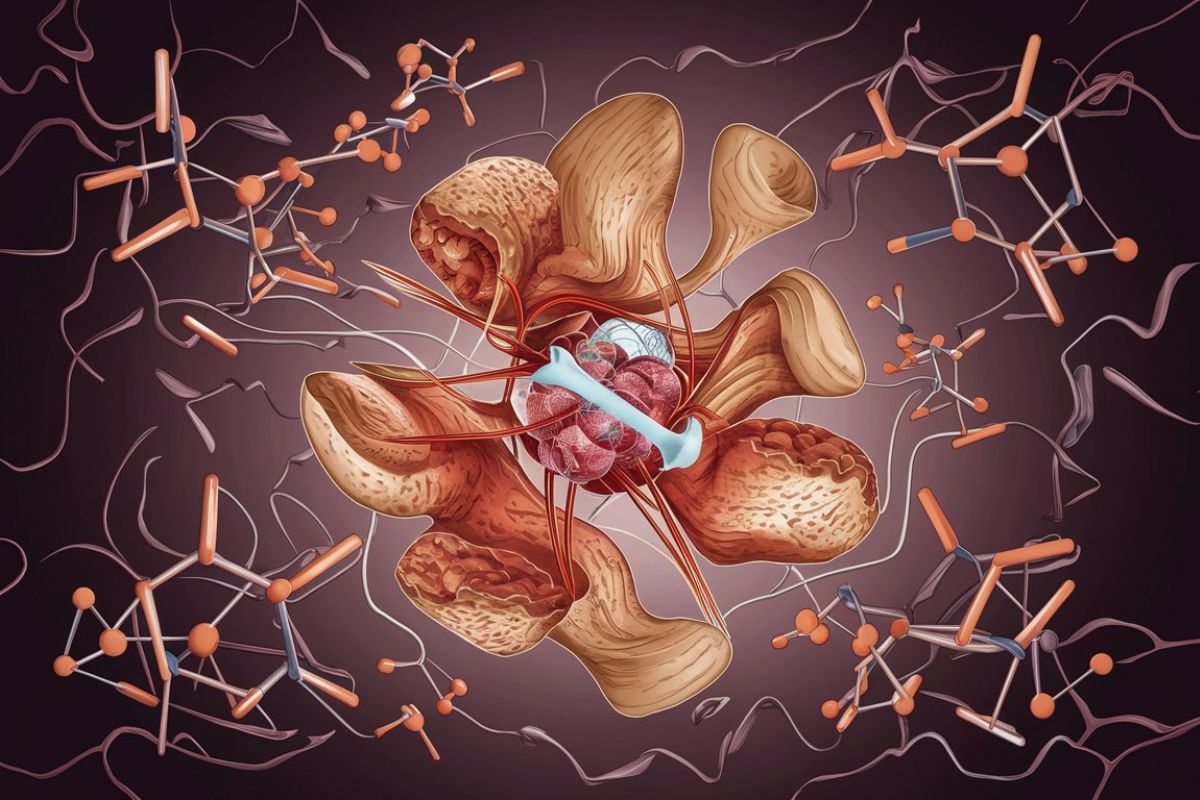
Alpha-Sarcoglycanopathy is a rare genetic disorder that affects muscle function. Ever wondered why some muscles weaken over time without any apparent cause? This condition might be the answer. Alpha-Sarcoglycanopathy is part of a group of disorders known as limb-girdle muscular dystrophies, which primarily impact the muscles around the hips and shoulders. The disorder is caused by mutations in the SGCA gene, leading to a deficiency in the alpha-sarcoglycan protein. This protein is crucial for maintaining muscle cell integrity. Without it, muscles become fragile and prone to damage. Symptoms often appear in childhood or adolescence, progressively worsening over time. Understanding this condition can help in managing symptoms and improving quality of life. Let's dive into 20 facts about Alpha-Sarcoglycanopathy to shed light on this mysterious disorder.
What is Alpha-Sarcoglycanopathy?
Alpha-Sarcoglycanopathy, also known as Limb-Girdle Muscular Dystrophy Type 2D (LGMD2D), is a rare genetic disorder. It primarily affects the muscles used for movement. Here are some intriguing facts about this condition.
-
Genetic Mutation: Alpha-Sarcoglycanopathy is caused by mutations in the SGCA gene. This gene provides instructions for making alpha-sarcoglycan, a protein crucial for muscle function.
-
Autosomal Recessive Inheritance: The disorder follows an autosomal recessive inheritance pattern. This means a person must inherit two copies of the mutated gene, one from each parent, to develop the condition.
-
Muscle Weakness: Individuals with Alpha-Sarcoglycanopathy experience progressive muscle weakness, particularly in the shoulders, hips, and limbs.
-
Early Onset: Symptoms often appear in childhood or adolescence, although the severity and progression can vary widely among individuals.
-
Difficulty Walking: As the disease progresses, walking becomes increasingly difficult. Many individuals may require a wheelchair by their teenage years or early adulthood.
Symptoms and Diagnosis
Understanding the symptoms and how Alpha-Sarcoglycanopathy is diagnosed can help in managing the condition better.
-
Muscle Atrophy: Muscle wasting or atrophy is a common symptom, leading to reduced muscle mass and strength.
-
Elevated Creatine Kinase Levels: Blood tests often reveal elevated levels of creatine kinase, an enzyme released into the bloodstream when muscle fibers are damaged.
-
Genetic Testing: Diagnosis is confirmed through genetic testing, which identifies mutations in the SGCA gene.
-
Muscle Biopsy: A muscle biopsy may be performed to examine the muscle tissue under a microscope, revealing characteristic changes associated with the disorder.
-
Cardiac Involvement: Some individuals may develop heart problems, such as cardiomyopathy, which requires regular monitoring.
Treatment and Management
While there is no cure for Alpha-Sarcoglycanopathy, various treatments and management strategies can improve quality of life.
-
Physical Therapy: Regular physical therapy helps maintain muscle strength and flexibility, slowing the progression of muscle weakness.
-
Occupational Therapy: Occupational therapy assists individuals in adapting to daily activities and maintaining independence.
-
Assistive Devices: Devices such as braces, walkers, and wheelchairs can aid mobility and support weakened muscles.
-
Respiratory Care: Respiratory function may decline over time, necessitating interventions like breathing exercises or mechanical ventilation.
-
Cardiac Care: Regular cardiac evaluations and treatments are essential to manage any heart-related complications.
Research and Future Directions
Ongoing research aims to find better treatments and potentially a cure for Alpha-Sarcoglycanopathy.
-
Gene Therapy: Researchers are exploring gene therapy as a potential treatment, aiming to correct the underlying genetic defect.
-
Stem Cell Therapy: Stem cell therapy is another area of interest, with the potential to regenerate damaged muscle tissue.
-
Drug Development: New drugs are being developed to slow disease progression and improve muscle function.
-
Clinical Trials: Participation in clinical trials offers patients access to cutting-edge treatments and contributes to scientific understanding.
-
Patient Support Groups: Support groups provide valuable resources, emotional support, and advocacy for individuals and families affected by Alpha-Sarcoglycanopathy.
Understanding Alpha-Sarcoglycanopathy
Alpha-Sarcoglycanopathy, a rare genetic disorder, affects muscle function and strength. It stems from mutations in the SGCA gene, leading to muscle weakness, difficulty walking, and respiratory issues. Early diagnosis and intervention can improve quality of life, though no cure exists yet. Treatments focus on managing symptoms through physical therapy, respiratory support, and sometimes surgery.
Raising awareness about this condition is crucial. It helps in early detection and better support for those affected. Genetic counseling can provide valuable information for families at risk. Research continues to explore potential therapies, offering hope for future advancements.
Staying informed and supportive can make a significant difference. By understanding Alpha-Sarcoglycanopathy, we contribute to a more inclusive and compassionate community. Let's continue to learn, support, and advocate for those living with this challenging condition.
Was this page helpful?
Our commitment to delivering trustworthy and engaging content is at the heart of what we do. Each fact on our site is contributed by real users like you, bringing a wealth of diverse insights and information. To ensure the highest standards of accuracy and reliability, our dedicated editors meticulously review each submission. This process guarantees that the facts we share are not only fascinating but also credible. Trust in our commitment to quality and authenticity as you explore and learn with us.


